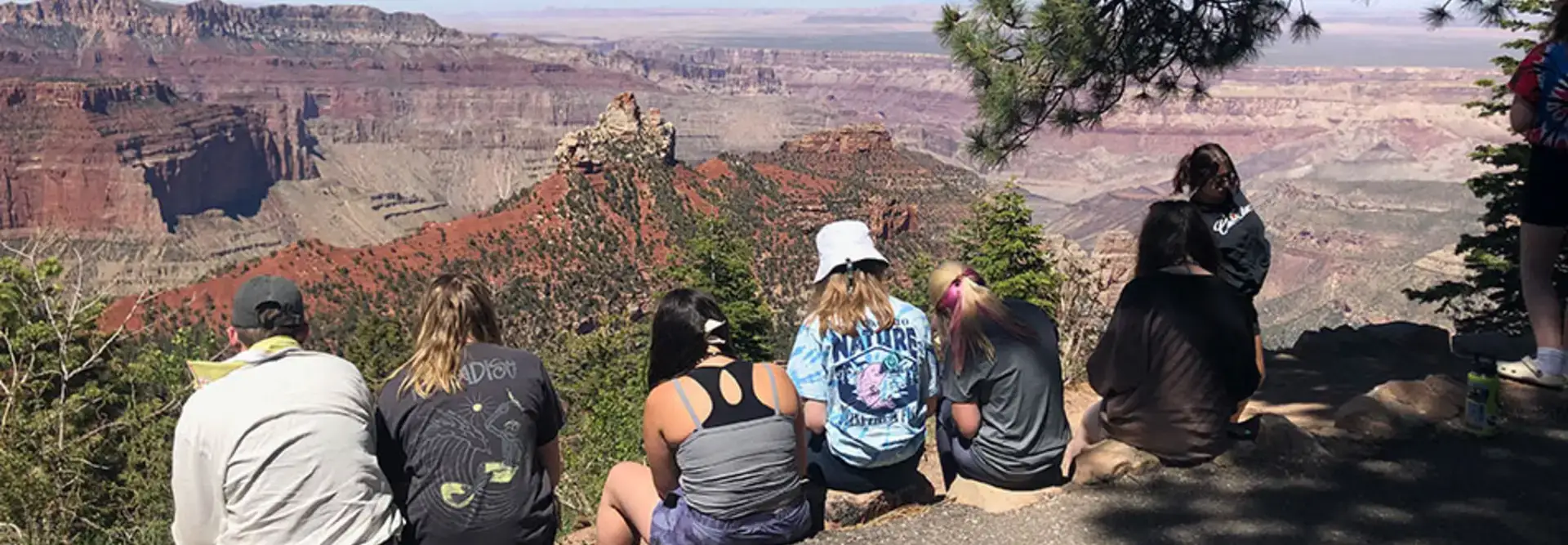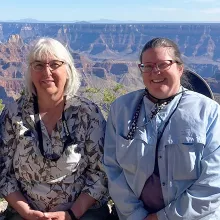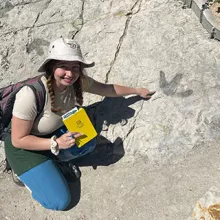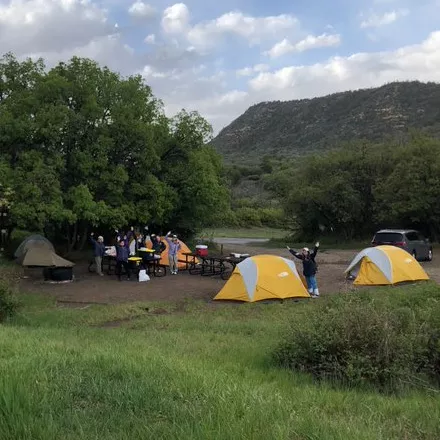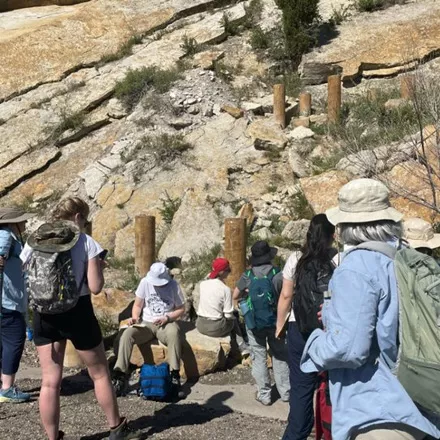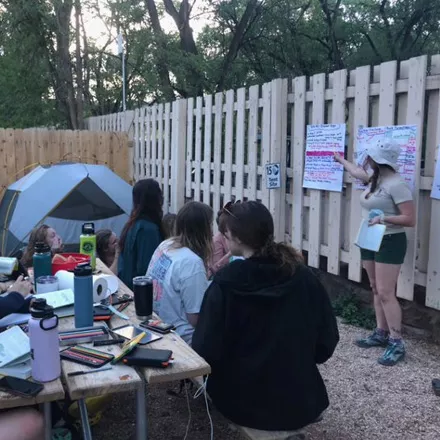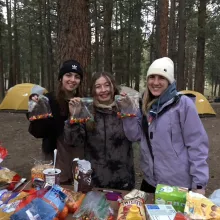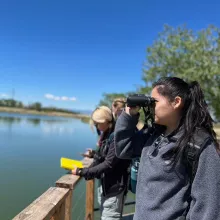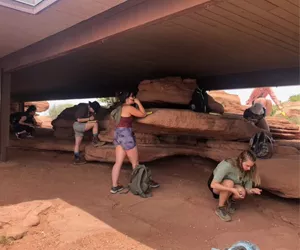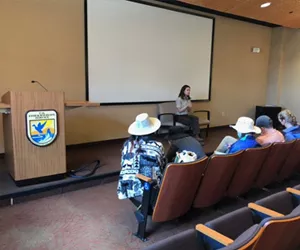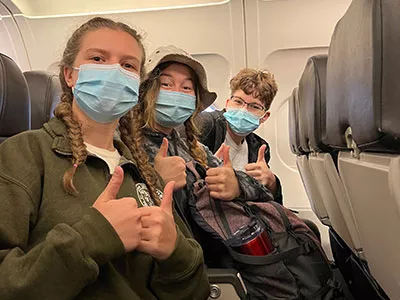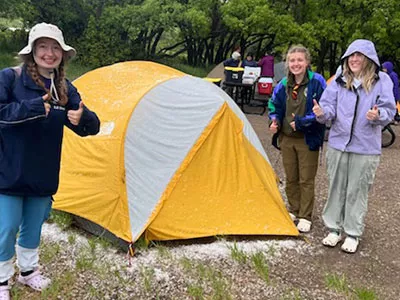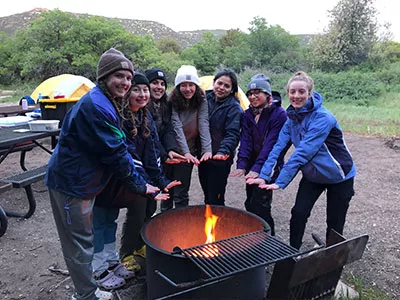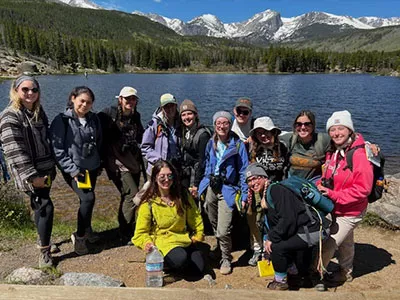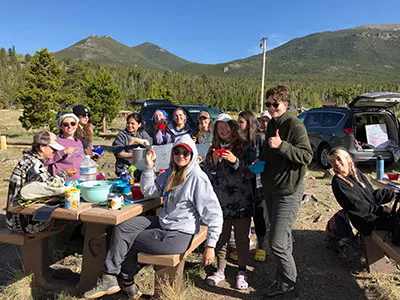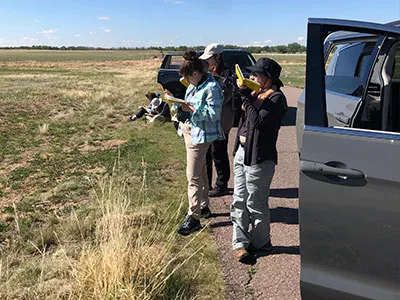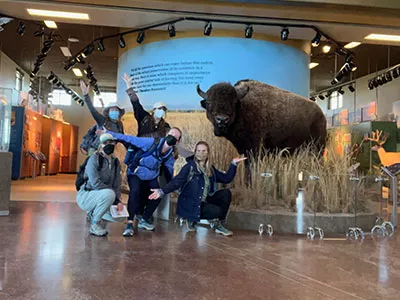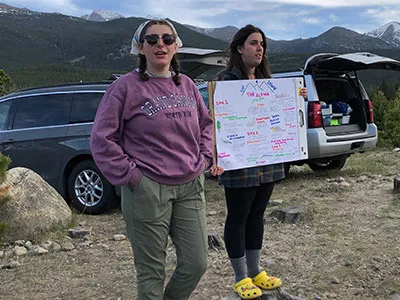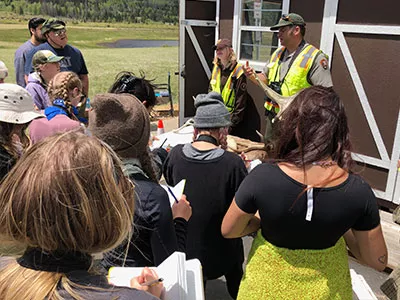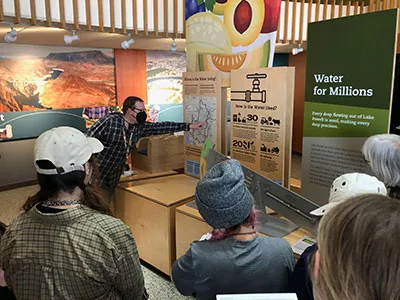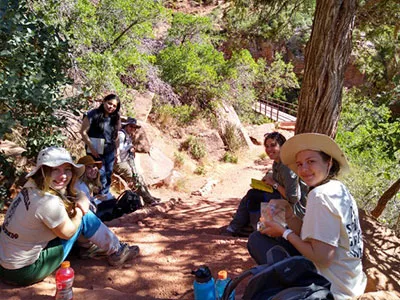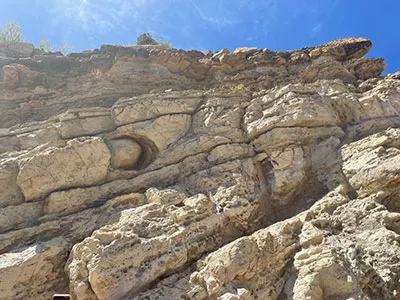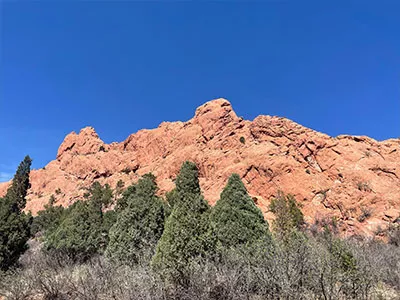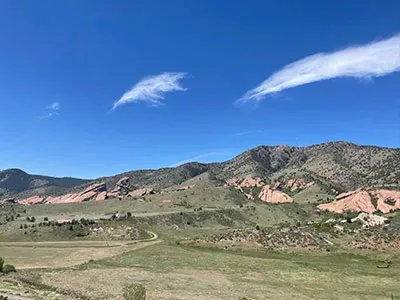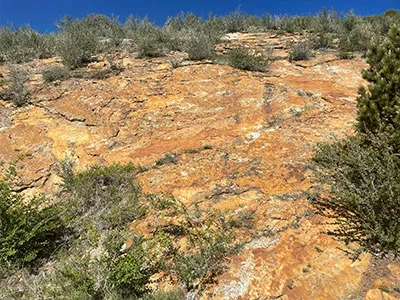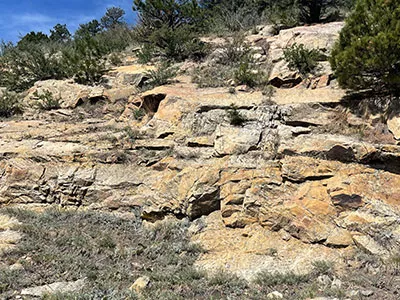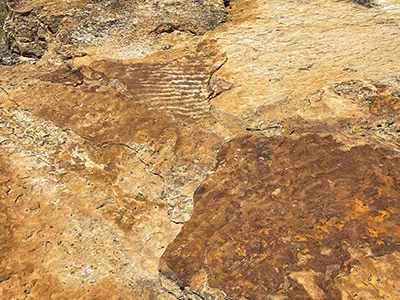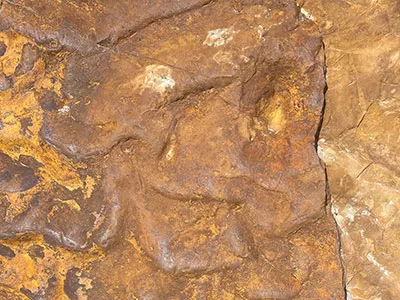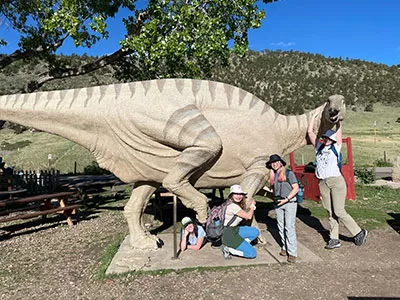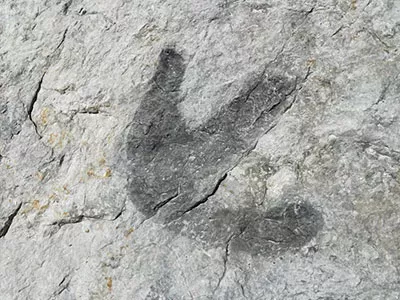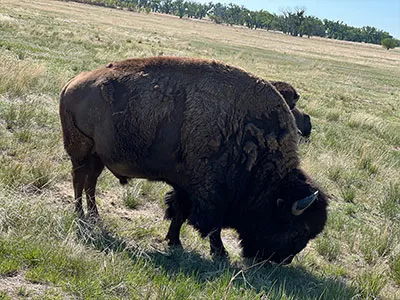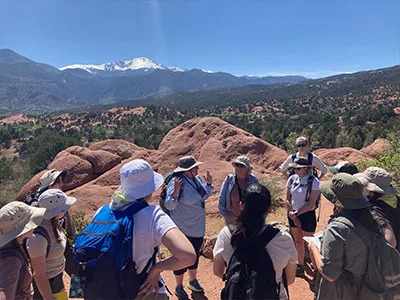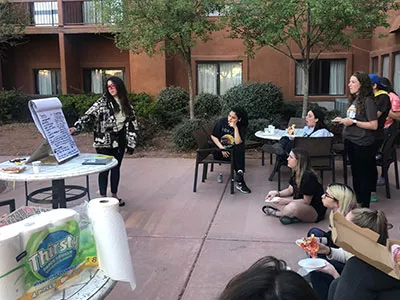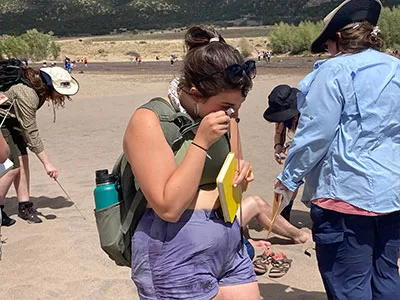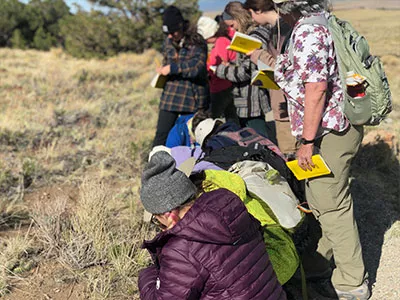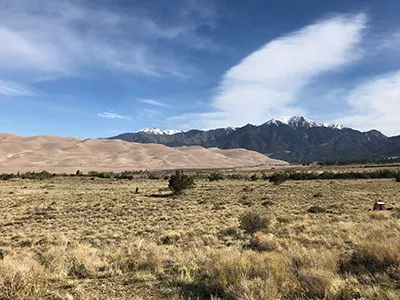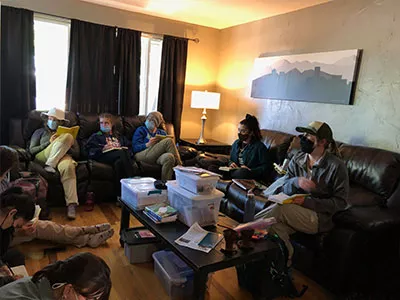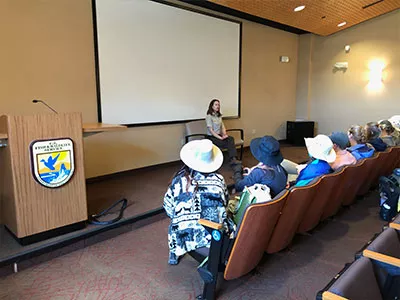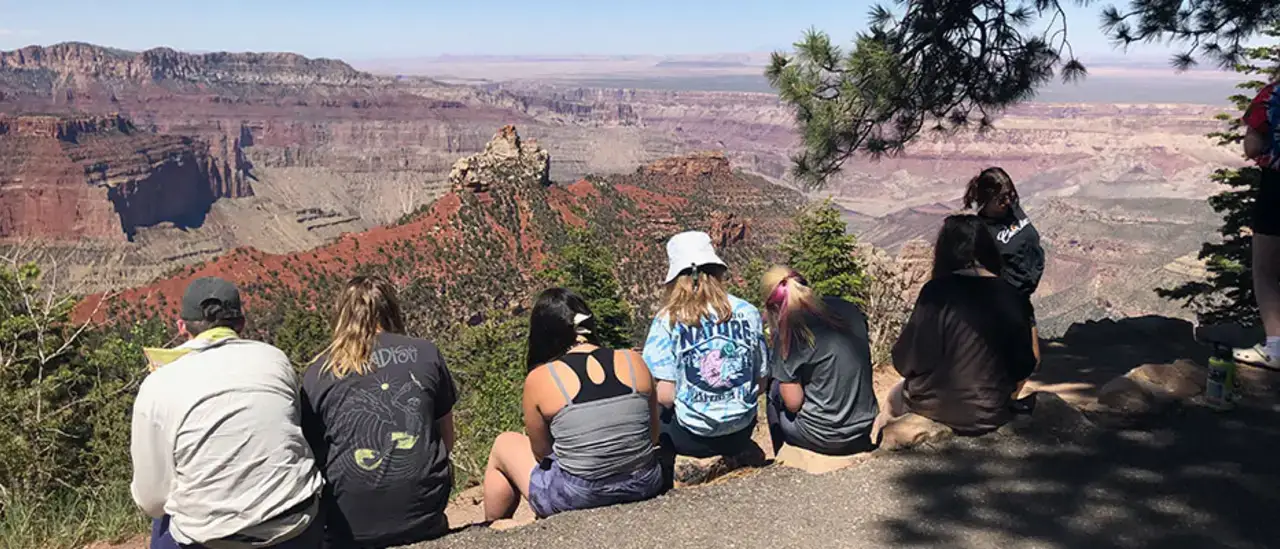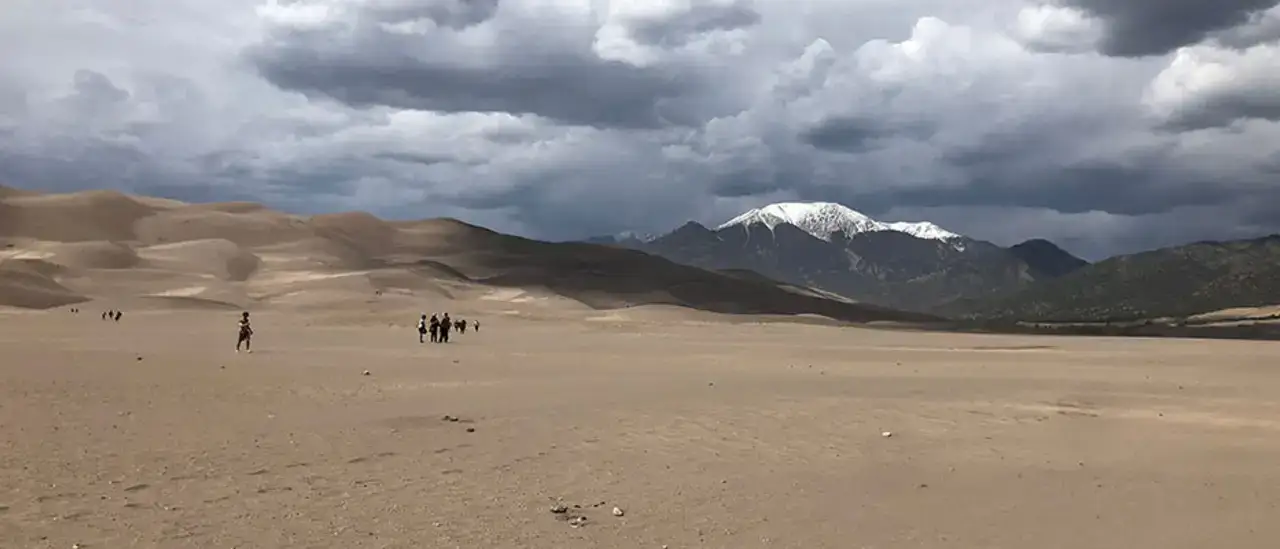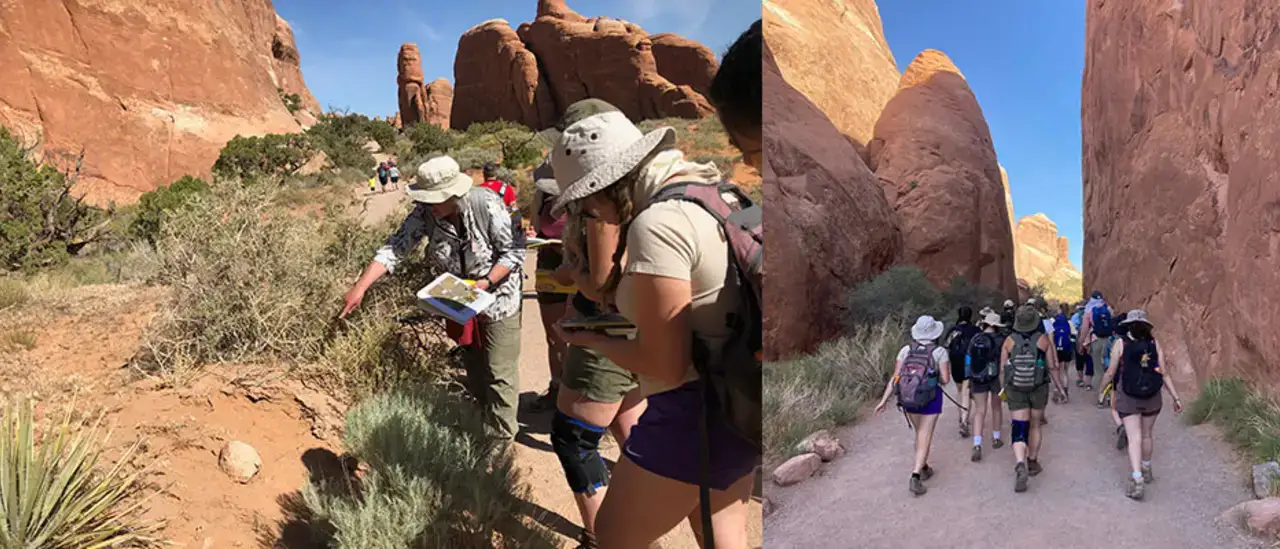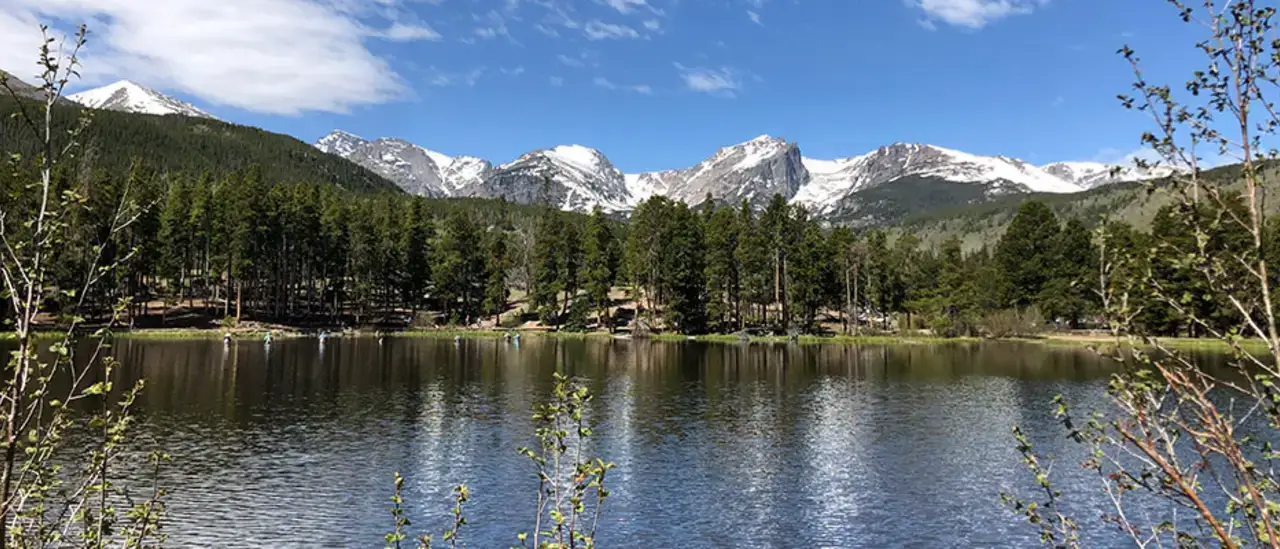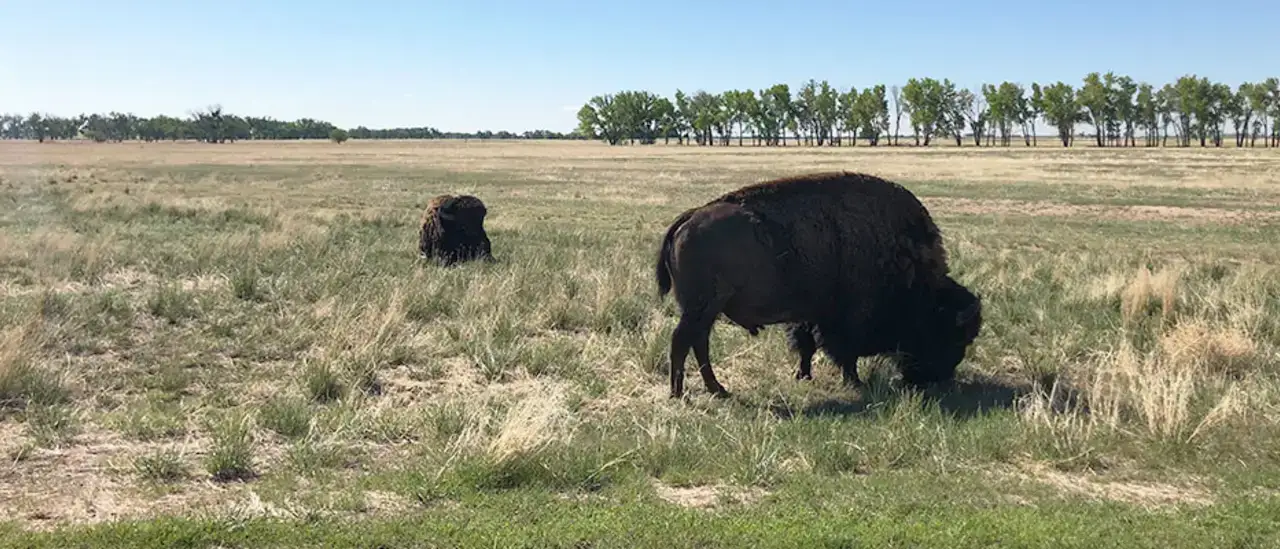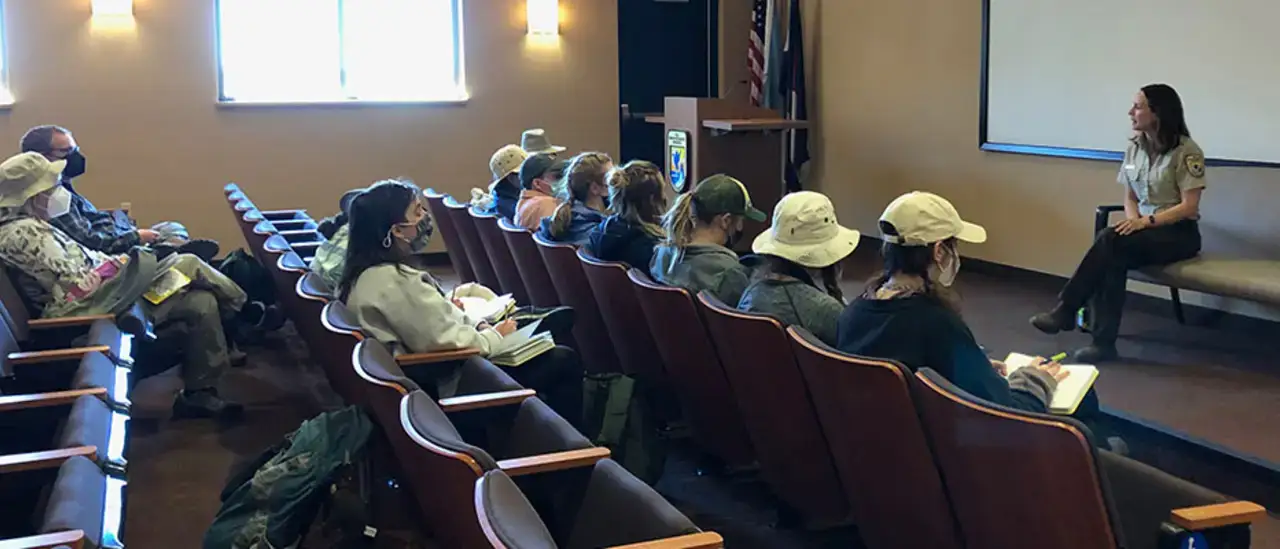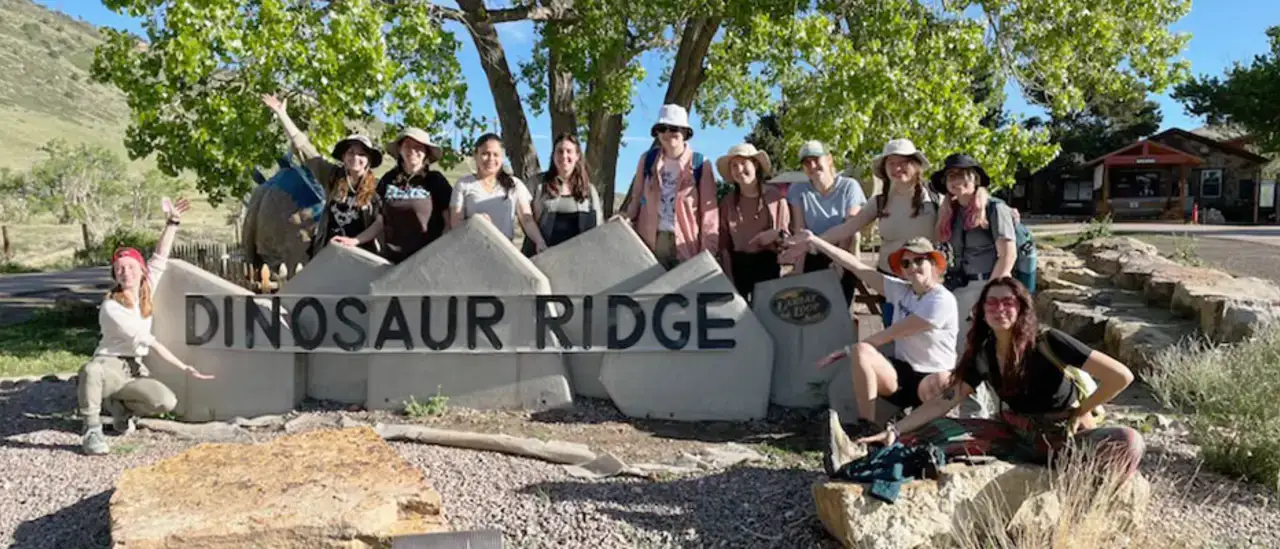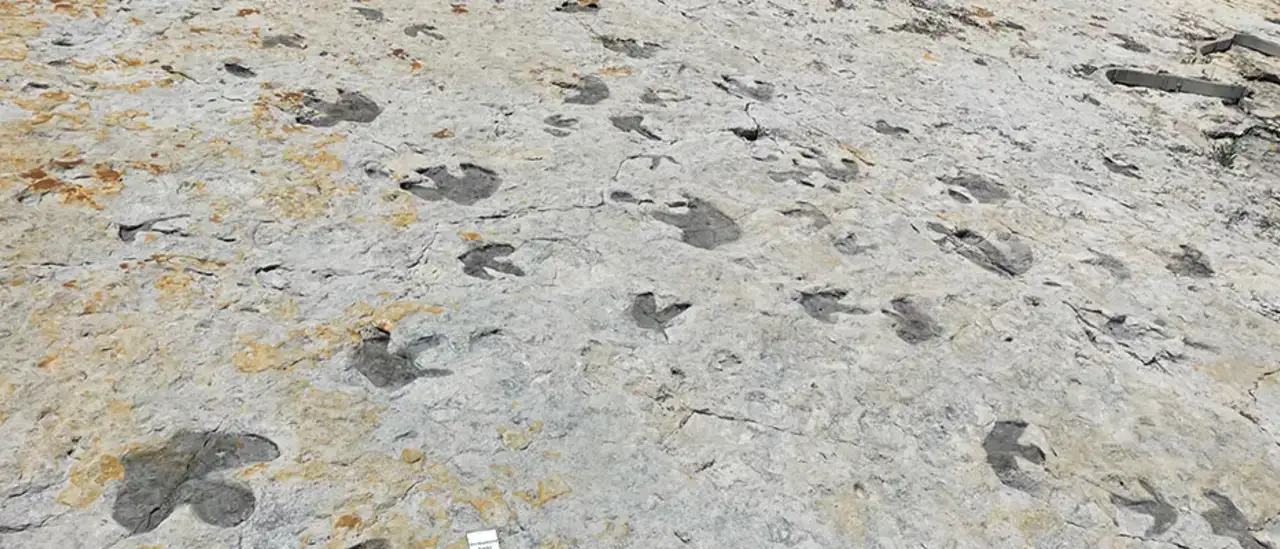SUNY Oneonta students from two separate disciplines, geology and biology, teamed up this summer and put their skills to the test during an 18-day field trip to the Rocky Mountain region.
The trip, led by Associate Professor of Paleontology and Geology Leigh Fall and Biology Professor Donna Vogler, let 12 students learn first-hand about the flora, fauna, formations and ecosystems in Colorado, Arizona and Utah. Surrounded by desert, mountains and tumbleweeds, students honed their observation and identification skills, collecting geological and ecological data and analyzing that data to better understand how the natural world works.
“The trip was such a great experience,” said Erika Liguori, a senior majoring in biology, “because not only did I make new friends and see new places, but I also got to experience what working out in the field is like, and I will be able to take what I learned and apply it in the future.”
Spending time at the Grand Canyon, Great Sand Dunes National Park, Mesa Verde National Park, Arches National Park, and Rocky Mountain National Park, students practiced identifying rocks, fossils, plants, and animals, recorded their observations in a field notebook, and synthesized their data in field presentations.
“Picking a favorite part of the trip is really hard because overall it was such an incredible experience,” said Samantha Martin, a senior Earth Science Adolescence Education major.
“But I would say the peaceful sunsets and sunrises at the Grand Canyon or the elk grazing in the back of our campsite at Rocky Mountain National Park or seeing dinosaur tracks at Dinosaur Ridge! … Every stop on the trip was a different unique experience and it was extremely beneficial for correcting misunderstandings I had in both ecology and geology.”
Working Together
At night, students set up camp and prepared meals, and then tented under the stars. Martin said she appreciated making “so many new friends that were biology majors that I would have never met without this class.”
Ecology and geology may seem like very different disciplines, but both are essential for understanding the evolution of the landscape, according to Fall.
“Each influences the other in a variety of ways,” she said. “For example, the type of rocks and their weathering products can promote or inhibit particular plant growth in an area.”
The geological exposures in the Rocky Mountain region offer a natural laboratory for examining the geological processes that has shaped the area. Equally important, Vogler said, the Rocky Mountain region provides a unique opportunity to study wildlife in the field and in an unfamiliar area of the country.
Sarina Graziano, a junior biology major with a concentration in conservation, said the trip impacted her in many ways and, most significantly, validated that she is on the right track with her studies and future career choice.
Said Graziano: “Being so up-close and personal with such an array of biota and seeing how they all depend on each other along with the geologic features confirmed that conservation biology is what I want to designate my future to.”
Camping with friends, making meals together and seeing such beautiful landforms is amazing, but being able to take what you learn in the classroom and apply it in the real world is truly invaluable, said Kristen Launt, a junior majoring in Adolescence Education with a concentration in Earth Science.
“Learning science is fun,” she said, “but seeing it in person makes all the pieces really click together.
